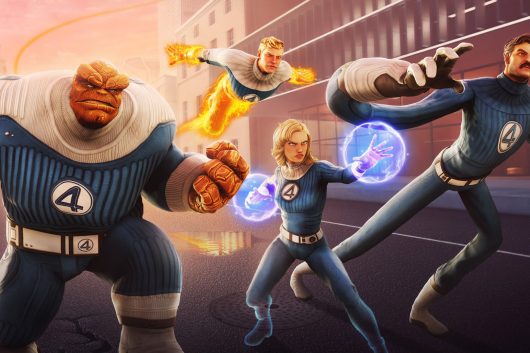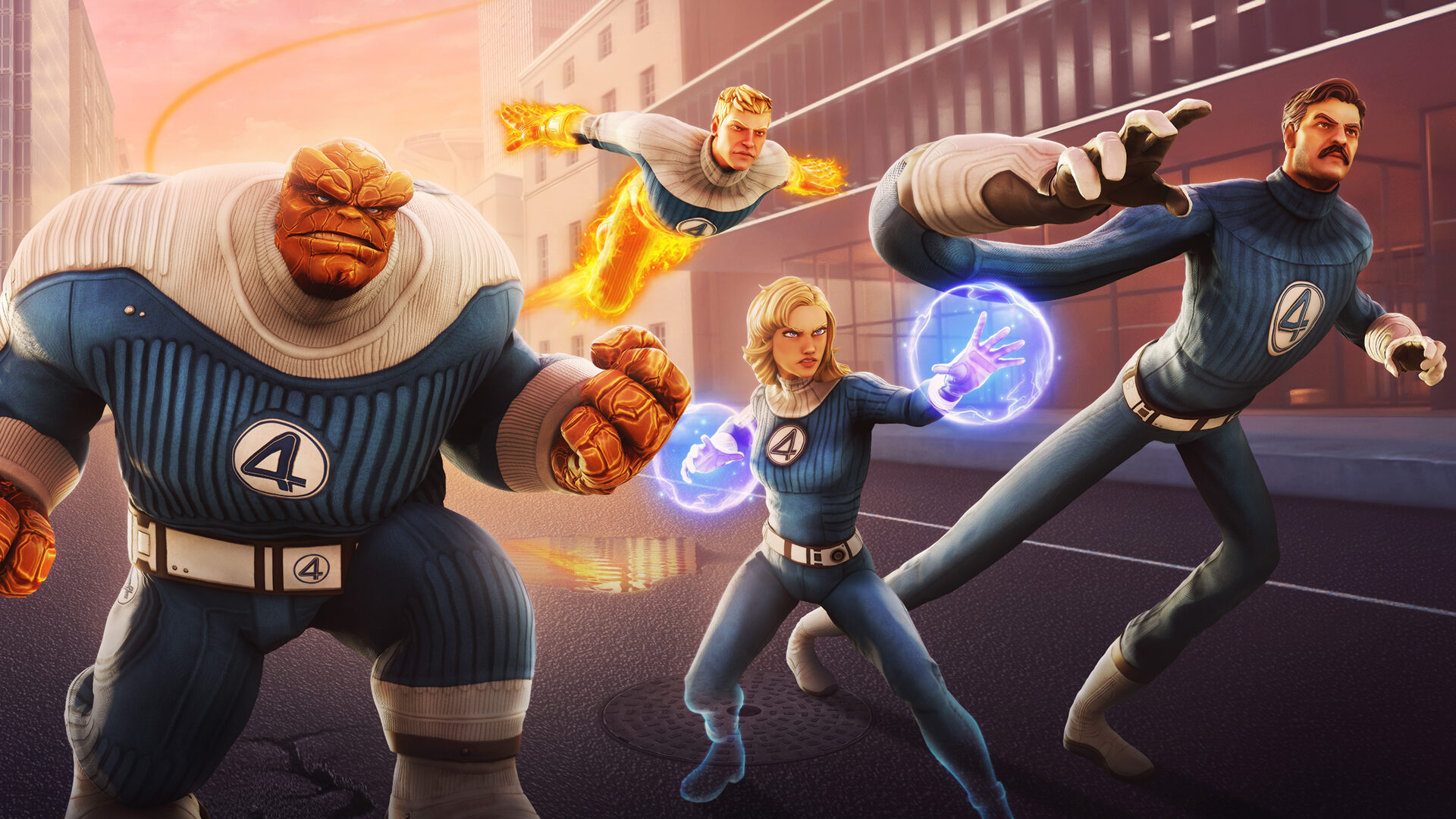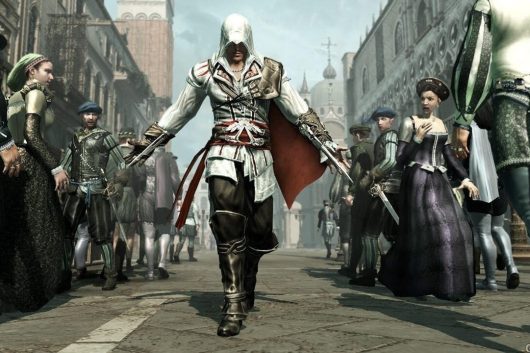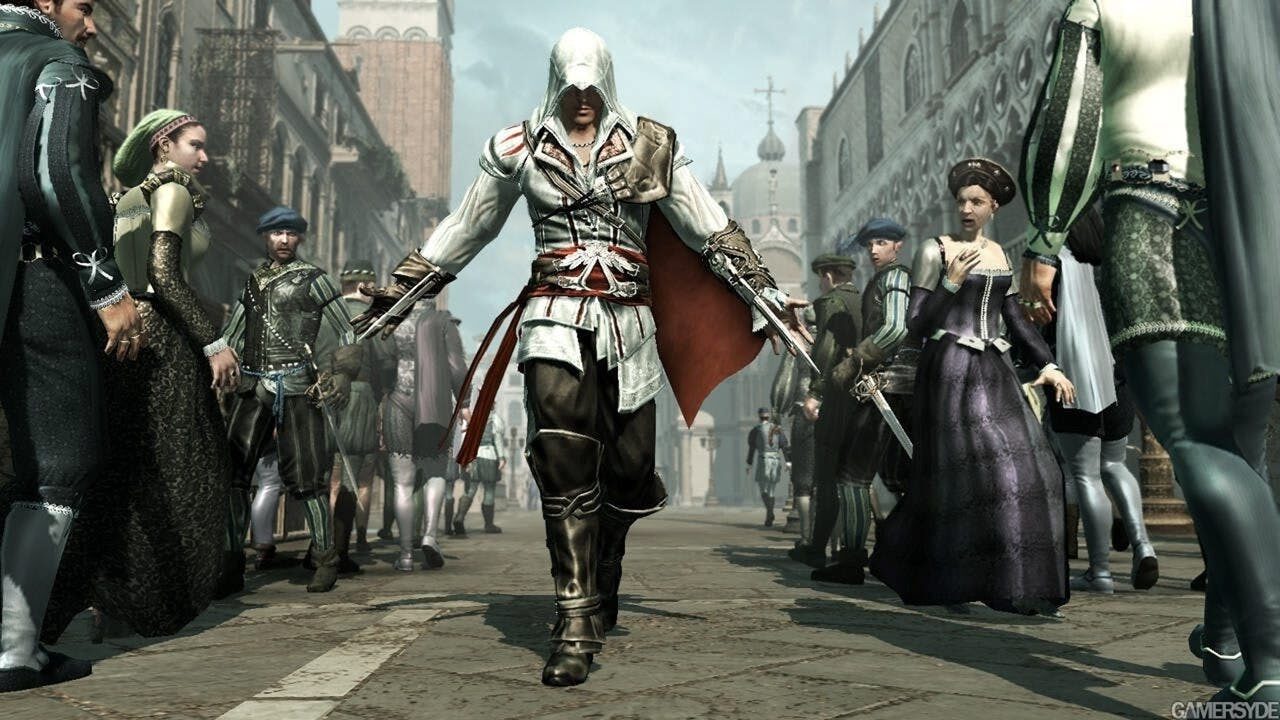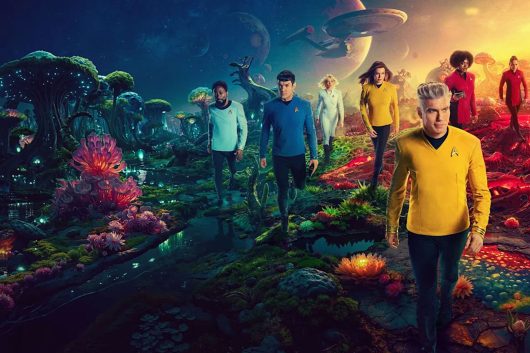
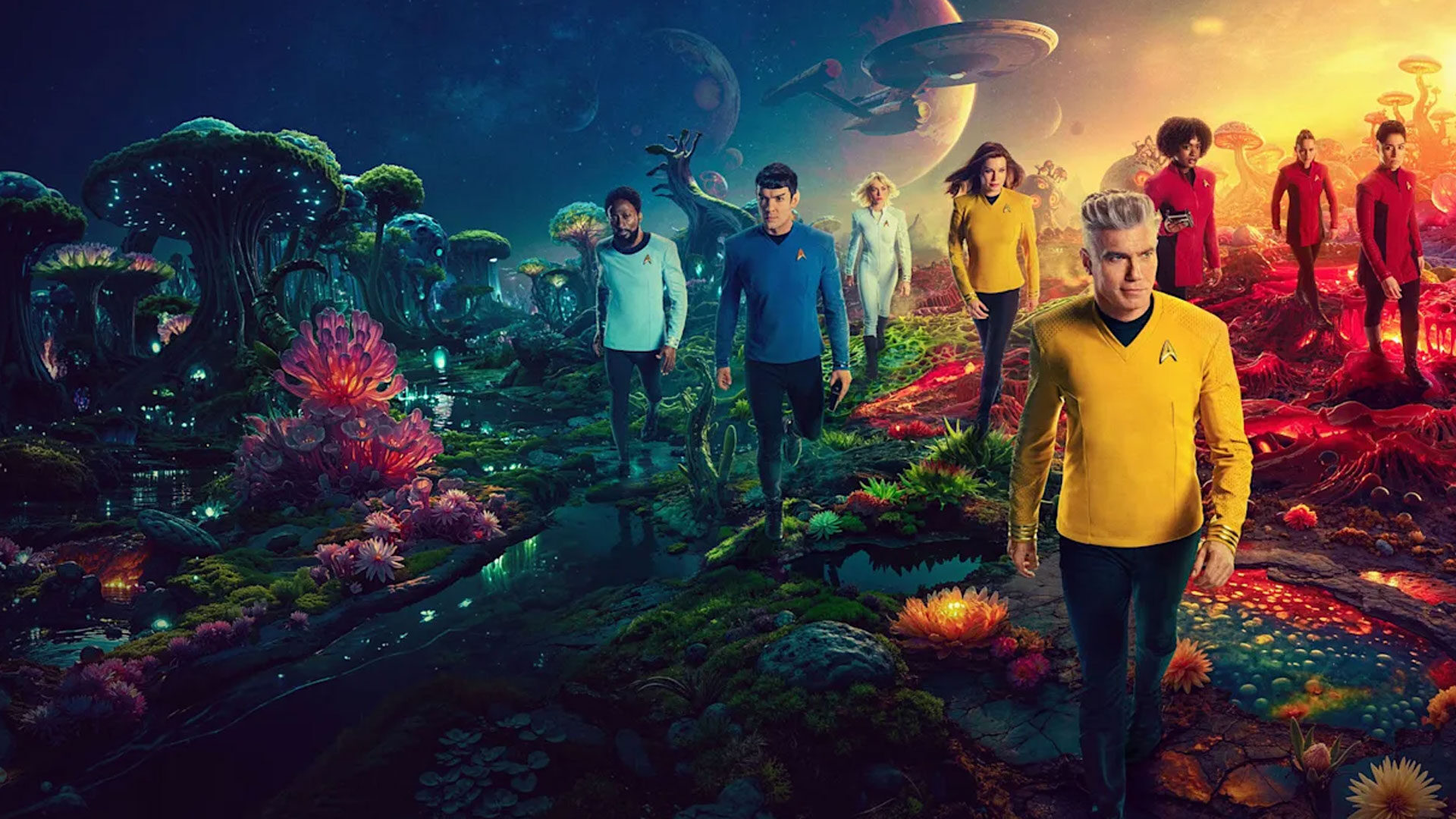
Following nearly two years of eager anticipation, Star Trek: Strange New Worlds is back on streaming platforms, launching its third season on July 17.
The third season of Star Trek: Strange New Worlds picks up right where the previous season’s thrilling cliffhanger left off, plunging viewers back into the action as Captain Christopher Pike and his crew face the formidable Gorn. The premiere’s first episode, Hegemony, Part II, quickly addresses this threat, resolving the lingering dangers from the last season. Audiences then enjoy a lighter turn in the next episode, Wedding Bell Blues, which focuses on the Federation’s 100th anniversary and the interpersonal dynamics that make the Enterprise’s crew so intriguing.
As Melissa Navia, who portrays Lt. Erica Ortegas on Star Trek: Strange New Worlds, noted: “We’ve been waiting so long for season three after season two. We, on our side, are really thrilled to finally be able to discuss it. And fans are just as enthusiastic to experience it. The responses we’ve received from fans indicate that they loved season two, but there’s only so many times they can revisit that cliffhanger before asking, ‘What’s next?’”
Paramount+ describes the newest chapter as “an exhilarating spin on classic Star Trek, ” ensuring the return of cherished characters while exploring bold, uncharted narrative paths. This season continues to embrace a variety of genres and tones within each episode, a creative choice that has become a signature of the series under showrunners Akiva Goldsman and Henry Alonso Myers.
Franchise veterans Anson Mount, Ethan Peck and Rebecca Romijn reprise their roles as Pike, Spock, and Number One, respectively, joined by a mix of original and longstanding cast members. This season, Martin Quinn returns as engineer Montgomery Scott, advancing from a guest role to a regular position, while Paul Wesley is back in the special guest role of James T. Kirk. New escapades await the entire bridge crew, with each episode poised to deepen their connections and challenge their determination against distinctive cosmic obstacles.
Celia Rose Gooding, who plays Nyota Uhura on Star Trek: Strange New Worlds, discusses her character and how Strange New Worlds permits the creators to portray familiar characters in novel ways:
“We are continuously striving to keep fans engaged and welcome new fans into our community. As you mentioned, we’re reaching out to individuals who might have thought that Trek didn’t have space for them, or something valuable for them to take away — and we’re showing them they were mistaken in wonderfully meaningful ways.
We’re catering to sci-fi enthusiasts, adventure seekers, romance fans, and zombie movie lovers — we’re incorporating a little something for everybody. I believe our aim as performers in this franchise is not only to unveil various facets of our characters but also to reflect as many aspects of the world as possible.”
As seen in previous seasons, this year’s journeys remain deeply entrenched in the essence of Star Trek’s hopeful future. The writers intertwine personal drama, cosmic intrigue, and philosophical themes into narratives that feel both contemporary and respectful of the franchise’s heritage. You can check out our review of the third season to see our impressions thus far. Don’t worry, we steer clear of any direct spoilers in the review.
Paramount+ has also confirmed that Star Trek: Strange New Worlds has been renewed for a fourth season, indicating continued confidence in a series that has swiftly become one of the most-watched and internationally celebrated
READ ARTICLE

